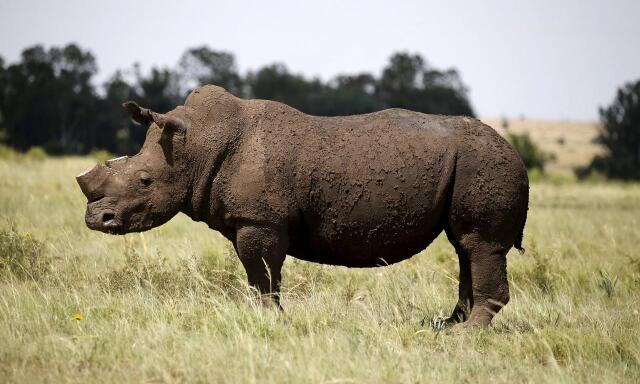A total of 249 rhinos were poached for their horn in South Africa from January to the end of June this year and although the number was higher compared to last year, where 166 rhinos were killed, it was less than the 318 rhinos that were poached in 2019
DURBAN – MINISTER of Forestry, Fisheries and the Environment Barbara Creecy said the department was using integrated approaches to address the increase in rhino poaching and horn trafficking.
That was revealed in a parliamentary question from the IFP’s environmental affairs, forestry and fisheries spokesperson, Narend Singh.
A total of 249 rhinos were poached for their horn in South Africa from January to the end of June this year and although the number was higher compared to last year, where 166 rhinos were killed, it was less than the 318 rhinos that were poached in 2019.
Creecy said the department was using a multidisciplinary Integrated Strategic management approach in line with the National Integrated Strategy to Combat Wildlife Trafficking.
“The introduction of the seven integrated wildlife zones across the country has strengthened the co-ordination between the public and private partners operating in these areas.
“The necessary resources are being redirected to areas most in need of support and lessons learnt are being shared, including those related to the use of appropriate technologies to ensure surveillance, early warning and detection. The sharing of real-time information between these partners is resulting in the ability to proactively deploy in specific areas and to react quickly to report in a co-ordinated manner,” Creecy said.
She said through the centre, the department had increased analysis capability to provide support at a tactical level.
That work further strengthened collaboration with the SAPS, the Hawks, the justice department and other sectors of the security cluster to gather, analyse and share intelligence on wildlife trafficking so that international syndicate-related crimes can be dealt with effectively.
They also invested in guarding rhinos through planned intensive monitoring which complements anti-poaching initiatives that focus on apprehending poachers. The Kruger National Park was currently investing in a layered approach to protect rhinos using integrated technologies and establishing a programme to improve staff integrity and morale.
Outraged SA Citizens Against Rhino Poaching director Kim Da Ribeira said the Environmental Enforcement Fusion Centre was a new initiative and its efficacy was not being felt. People had not seen any “redirection of resources” or additional support.
“Rhino poaching is driven by organised transnational criminal syndicates. This is something we’ve known for a long time and are still not addressing the issue. We are also still not addressing corruption within the parks. It’s absolutely no good arresting poachers without following the trail to the top. We appear to lack adequate capacity within our law enforcement services to do this.”
Daily News








